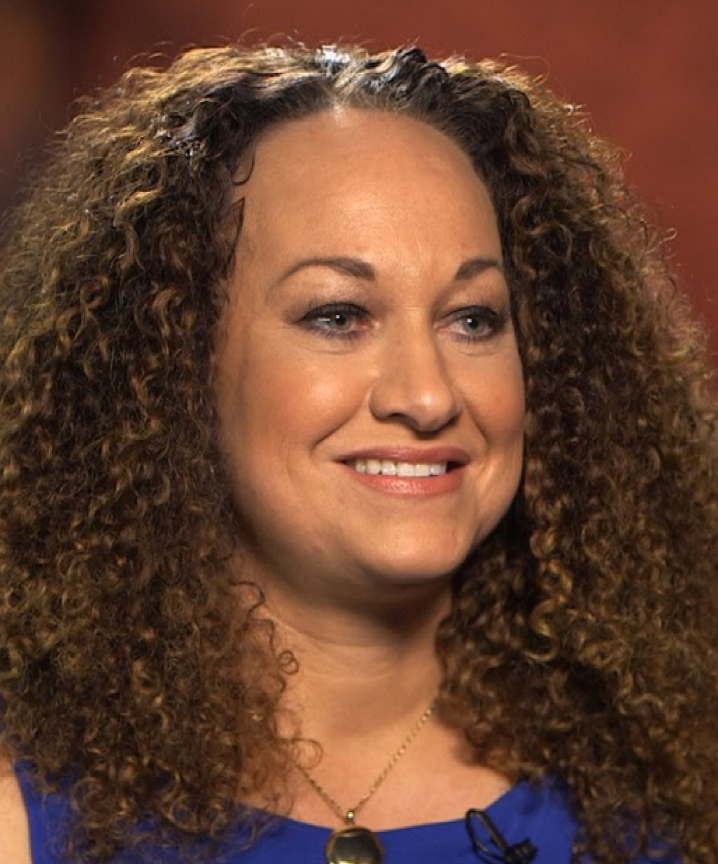Facts about Rachel Dolezal
Rachel Dolezal Biography
Social activist Rachel Dolezal made headlines in June of 2015 as the white woman who had been masquerading as the black woman who headed the Spokane, Washington chapter of the NAACP.
The story came about because her parents went public with proof (her birth certificate) that she was of European descent, even though she’d been passing herself off as a “black” woman for at least a decade.
Born in Montana, Dolezal was the child of Christian missionaries and studied art in college at the University of Mississippi. After graduating in 2000, she applied for the graduate program at Howard University, a traditionally black college.
Dolezal’s portfolio, made up entirely of portraits of African-Americans, earned her a scholarship at Howard, where she earned her graduate degree in Fine Arts in 2002.
She was an art instructor at North Idaho College in Coeur d’Alene from 2005-2014, where she got involved in civil rights activism, eventually becoming head of the Human Rights Education Institute there (2008-10).
After Idaho, Dolezal ended up in Spokane, where she taught Africana studies at Eastern Washington University, led the local chapter of the NAACP and served in a volunteer capacity with the mayor’s office as a community liaison.
Then her parents went public, and the weird factor spiked immediately — a blonde, white girl had transformed into a “black” woman, and all of Dolezal’s tales were called into question, from her stories of hunting with a bow and arrow in South Africa, to her claims of being a victim of multiple hate crimes in Idaho and Washington.
In the immediate wake of the story, Dolezal said in a TV interview that she had always “identified” as black, and expressed no remorse.
Dolezal’s story proved to be a lightning rod for a confused national debate on racial identity, with her defenders focused on her work for the black community and her detractors focused on her elaborate deception.
After the dust settled, Dolezal emerged as an artist (painter) and wrote a memoir, while still maintaining that she is misunderstood by people “not ready to move forward on the issue of race.”

